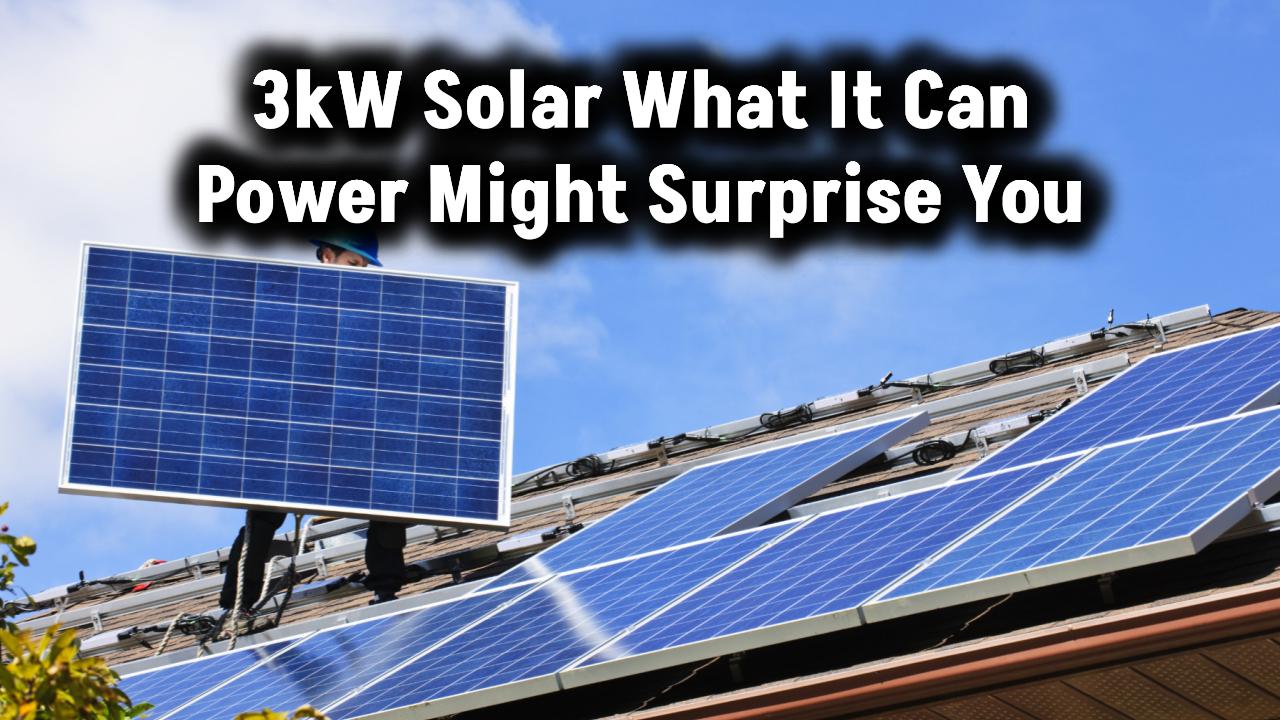
If you’re wondering whether now is the right time to invest in solar energy, the answer is a loud and clear “yes” — especially in 2025. With a range of US government solar panel incentives, homeowners can not only save on energy bills but also get a significant return through tax credits and rebates. In some cases, you might even get paid to go solar.
Key Highlights
| Incentive Program | Benefit | Who Qualifies | Timeframe |
|---|---|---|---|
| Residential Clean Energy Credit | 30% federal tax credit | Homeowners who install solar | Through 2032 |
| Solar for All Program | Grants and funding for low-income households | Income-qualified families | Ongoing (2025-2026) |
| State-Level Incentives | Rebates, tax exemptions, net metering | Depends on state | Varies by location |
| Battery Storage Credit | Part of federal 30% credit | Homeowners with battery systems | Through 2032 |
Also Check: Farmers Test Solar Panels on Crops — What They Found Could Revolutionize Global Food Production
What Are the US Government Solar Panel Incentives in 2025?
The U.S. government has rolled out several clean energy incentives to help homeowners offset the high upfront cost of solar panel installations. These programs are part of a broader push under the Inflation Reduction Act (IRA) to reduce carbon emissions and transition to renewable energy.
Here are the most important federal and state incentives available in 2025:
Residential Clean Energy Credit (Federal Tax Credit)
The Residential Clean Energy Credit (formerly known as the Investment Tax Credit or ITC) allows homeowners to deduct 30% of the total cost of a solar energy system from their federal taxes.
Eligible costs include:
- Solar panels
- Inverters
- Mounting equipment
- Wiring
- Permitting and inspection fees
- Energy storage (batteries, if installed)
Key details:
- Applies to systems installed between 2022 and 2032.
- No income cap or maximum system size.
- You must own (not lease) the system.
- Can carry forward unused credit to future tax years.
Solar for All Program (Low-Income Support)
Launched by the Environmental Protection Agency (EPA) in 2024, the Solar for All Program is a $7 billion fund designed to support solar access in low-income and disadvantaged communities.
Benefits include:
- Free or heavily subsidized solar installations.
- Community solar subscriptions.
- Workforce development in green energy sectors.
The program aims to reach 900,000+ households, reducing their electricity bills and enabling participation in the green transition.
State and Local Solar Incentives
In addition to federal programs, many states offer their own solar incentives:
Common types include:
- Rebates (e.g., New York Sun Program, California Self-Generation Incentive Program)
- Property tax exemptions for increased home value
- Sales tax exemptions on solar equipment
- Net metering programs that credit you for excess energy sent back to the grid
Energy Storage Tax Credit
Starting in 2023, the 30% tax credit also applies to battery storage systems whether they are paired with new solar installations or retrofitted to existing systems.
Key facts:
- Batteries must have a minimum capacity of 3 kWh.
- Applies to both standalone and solar-connected storage.
- Reduces blackout risks and allows time-of-use savings.
Also Check: From 2027, No New Home Without Solar! Massive Green Rule That Could Change Real Estate Forever
How to Claim the Federal Solar Tax Credit
Step-by-Step Process
- Confirm Eligibility: Make sure your system is eligible under IRS guidelines.
- Install the Solar System: Use a certified installer and retain documentation.
- Complete IRS Form 5695: This form calculates your Residential Clean Energy Credit.
- Attach Form to Tax Return: Include it when filing taxes for the year your system was installed.
How Much Can You Actually Save?
The average cost of a residential solar installation in the U.S. is about $20,000. With a 30% federal tax credit, you save $6,000 right off the bat.
Add state-level benefits, and your effective cost could drop to $10,000-$12,000. Over the next 20-25 years, you can save $20,000 to $40,000 in electricity bills depending on your energy usage and local rates.
Long-Term Environmental and Economic Impact
Solar incentives are more than just financial savings. They play a major role in:
- Reducing carbon emissions: Every home that switches to solar can reduce carbon dioxide emissions by up to 3–4 tons annually.
- Creating jobs: The solar industry currently supports over 260,000 jobs in the U.S. and continues to grow.
- Boosting energy independence: Residential solar helps reduce reliance on fossil fuels and foreign energy sources.
Does Leasing a Solar System Qualify for Incentives?
No. To receive the federal tax credit, you must own the system. Third-party-owned systems (leased or via power purchase agreements) disqualify you from claiming the credit, though the installer may claim it and pass on savings in the form of lower rates.
Community Solar and Renters
If you’re a renter or live in a multi-unit building, you can still benefit from solar through community solar programs. These allow participants to subscribe to a share of an off-site solar project and receive credits on their utility bills.
Community solar is growing rapidly, with programs available in more than 20 states. It offers an affordable and flexible alternative to rooftop systems.
(FAQs)
Q1. Is there an income cap for the federal solar tax credit?
No. The tax credit is available to all qualifying homeowners regardless of income.
Q2. Can I get both federal and state solar incentives?
Yes. You can stack incentives, significantly reducing your total costs.
Q3. How long will the 30% tax credit last?
It applies through 2032. It drops to 26% in 2033 and 22% in 2034, then expires unless extended.
Q4. Can renters benefit from any solar incentives?
Yes, under the Solar for All program and community solar projects, renters can access green energy without rooftop panels.
Also Check: Mandatory Solar Panels in New Homes: UK’s Step Towards Energy Efficiency








